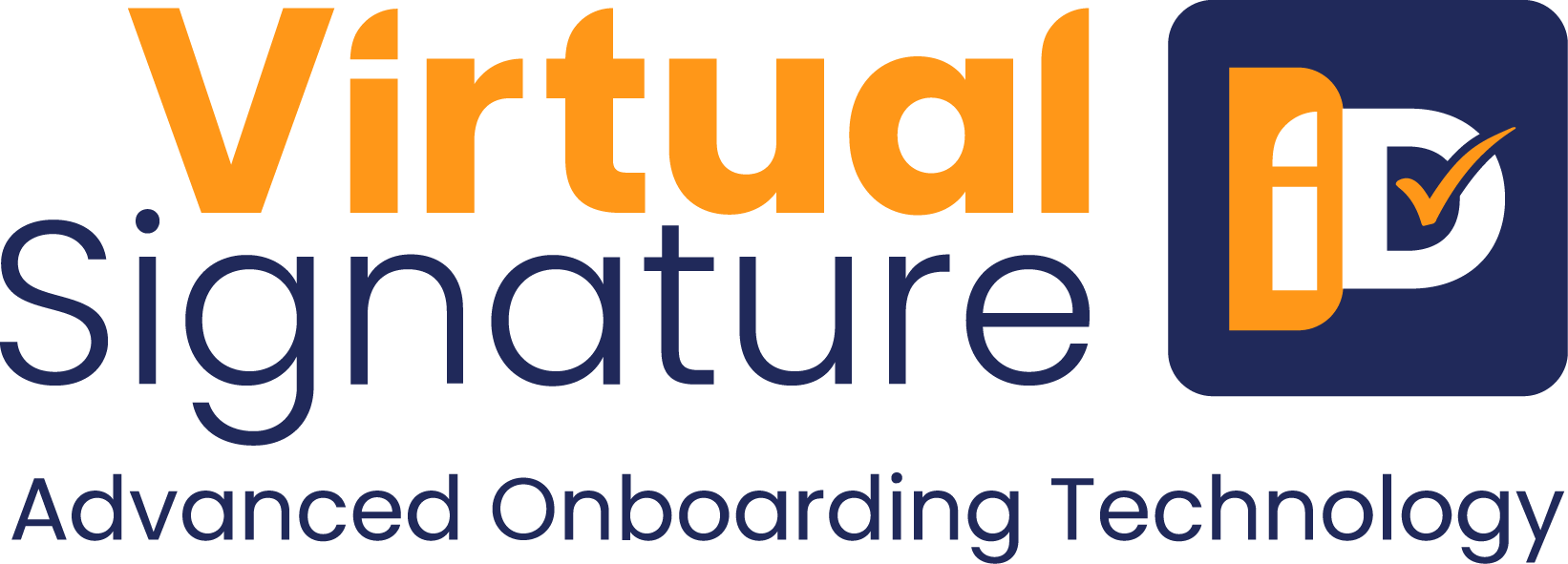 How technology will change the mortgage industry in 2024
How technology will change the mortgage industry in 2024
Today’s first-time buyers may be forgiven for thinking that mortgage applications and conveyancing processes are archaic and slow. This new generation of mortgage applicants are accustomed to speedy transactions, but it can still take two to four weeks for a mortgage offer to come through, according to the Home Owners Alliance and the conveyancing process can be anything from six weeks to six months.
Mortgage applications: Increased regulation vs desire for speed
As the demand grows to speed up transactions, so the regulators introduce new measures to combat fraud and protect personal data, resulting in a drive towards the use of technology to streamline processes and reduce risk.
Looking at the mortgage application itself there are a number of ways where it can become more efficient with the use of technology and ultimately benefit lenders, brokers and applicants alike. A solution that enables all the key elements of the application to be carried out in one place makes the process less disjointed, as it consolidates the various functions of document signing, ID verification, witnessing, form filling and communication between the interested parties.
Automated forms
A dynamic HTML fillable form that is optimised for use on mobile devices can help borrowers to complete forms such as the Property Information Form remotely, in the comfort of their own home or on the move and sign and submit them to their broker or lender along with any attachments without the need for printing, scanning or posting.
Land registry forms, such as TR1 can be completed by conveyancers, eWitnessed and submitted to HMLR direct. With a technology provider connecting directly to HMLR’s systems, the forms can be pre-checked for errors, significantly reducing delays in registering deeds. HM Land Registry completed over 1,730,760 applications to change or query the Land Register in September alone, so this is game-changing.
Pre-qualification
The data entered by an applicant on a form can be checked for errors and the relevant information transferred directly to the lender’s case management system (CMS), with the broker having access to the pertinent information. Surveyors can be instructed with a digital form that has been populated with the appropriate data from that CMS.
The underwriting process can also be streamlined with a solution that allows various departments to sign or authorise documents in sequence before being returned to a lead underwriter for final sign-off.
ID Verification
At the outset, either the estate agent, mortgage broker, IFA or lender can verify beyond doubt who the applicant is. By using Near Field Communications (NFC), 3D video liveness, geo-location and anti-spoof technology, the applicant can carry out and submit an ID verification in minutes by taking a selfie, scanning their photo ID document and, where required, scanning the chip in their ePassport using their smart phone.
